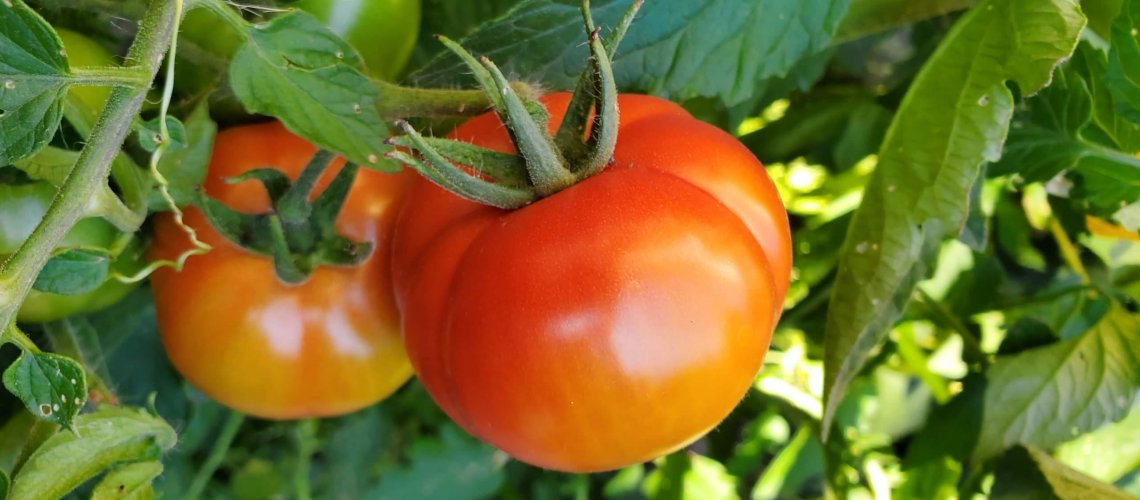Plagiarism is copying from a single source, while research is using information from many.
I research and try new ideas. Everything I write about, I have tried; some ideas worked, others didn’t.
What we don’t eat, we store. We use a vacuum sealer device for our frozen vegetables and store our root vegetables in peat
- Harvesting starts in June with the picking, eating, and freezing of Haskap berries. They are similar to blueberries, but more tart. They freeze without blanching.
- By mid-July, saskatoons are ready for picking, eating, and freezing. They too, freeze without blanching.
- Raspberries start to ripen in the latter part of July into mid-August. Because I use a Foodsaver Vacuum Sealer, I freeze the berries on a tray first so that the juice doesn’t stop the vacuum process.
- Strawberries start to ripen in July and continue to the first frost. These, we eat.
- Lettuce grows all summer. If you have too much lettuce, try lettuce soup. Not bad. You can find recipes on the internet.
- Thin beets in July and cook as greens. The leaves of young beets are very tasty. Pull larger beets as needed. Pull the rest in September and store in moist peat for up to two months.
- Swiss chard can be picked as early as July. Cut individual leaves off each plant. They are quickly replaced with new growth.
- Pick peas when the pods are full. They are best eaten fresh but can be blanched and frozen. If they’re too large, dry them to make dried pea soup
- Harvest beans in late July or August. Eat or freeze. To freeze, first, blanch them in boiling water for 2-3 minutes, and vacuum freeze.
- Zucchini start to produce in July and from then on you can hardly keep up with their production. Harvest them when they are small. For eating, there are a number of excellent recipes on the internet. We also shred and freeze some for zucchini cake, muffins, or cookies.
- Pick cucumbers before they yellow. Eat fresh or make into pickles. Dill comes from the garden.
- Pick, and boil Nanking Cherries to make juice.
- Pick chokecherries in late August and make them into jelly or pancake syrup.
- Pull onions out about 10 days after their tops bend to the ground. Cut the tops off a half-inch from the bulb to prevent rotting of the bulb. Cure them in a very warm room for at least two weeks. Store in a cool room.
- Pick rhubarb as soon as the stalks are large. Eat in pies, fruit, or freeze without blanching.
- Pick pumpkin or squash when the outer skin is hard. Then wipe them with disinfectant and cure them for a couple of weeks in a warm area. Store in a dry cool place. You can also mash and freeze the flesh. Keep the seeds, dry, and cook in a frying pan with butter and salt until brown.
- Freeze excess tomatoes on a tray and then vacuum seal. Fry green tomatoes. There are recipes on the internet or in cookbooks.
- Pull cabbage up by the root and place in a tub of moist soil, root down, in a cool area. They should keep for up to two months. Use excess cabbage to make sauerkraut.
- Store vegetables (carrots, turnip, parsnips, beets) in damp peat in single layers. Do not wash, merely brush off any dirt. They will keep at about 50C until March. Dampen the peat if it dries.
- Parsnips withstand freezing and can be dug up in the spring before they start to grow.
- Dig potatoes as late as possible. Cure in a cool dark place for a couple of weeks and store in the dark at about 5o Potatoes stored in the light turn green, a poison. Do not eat.
- Save seeds of your heirloom vegetables.
My next article will be on putting the garden to bed.

Recent Comments